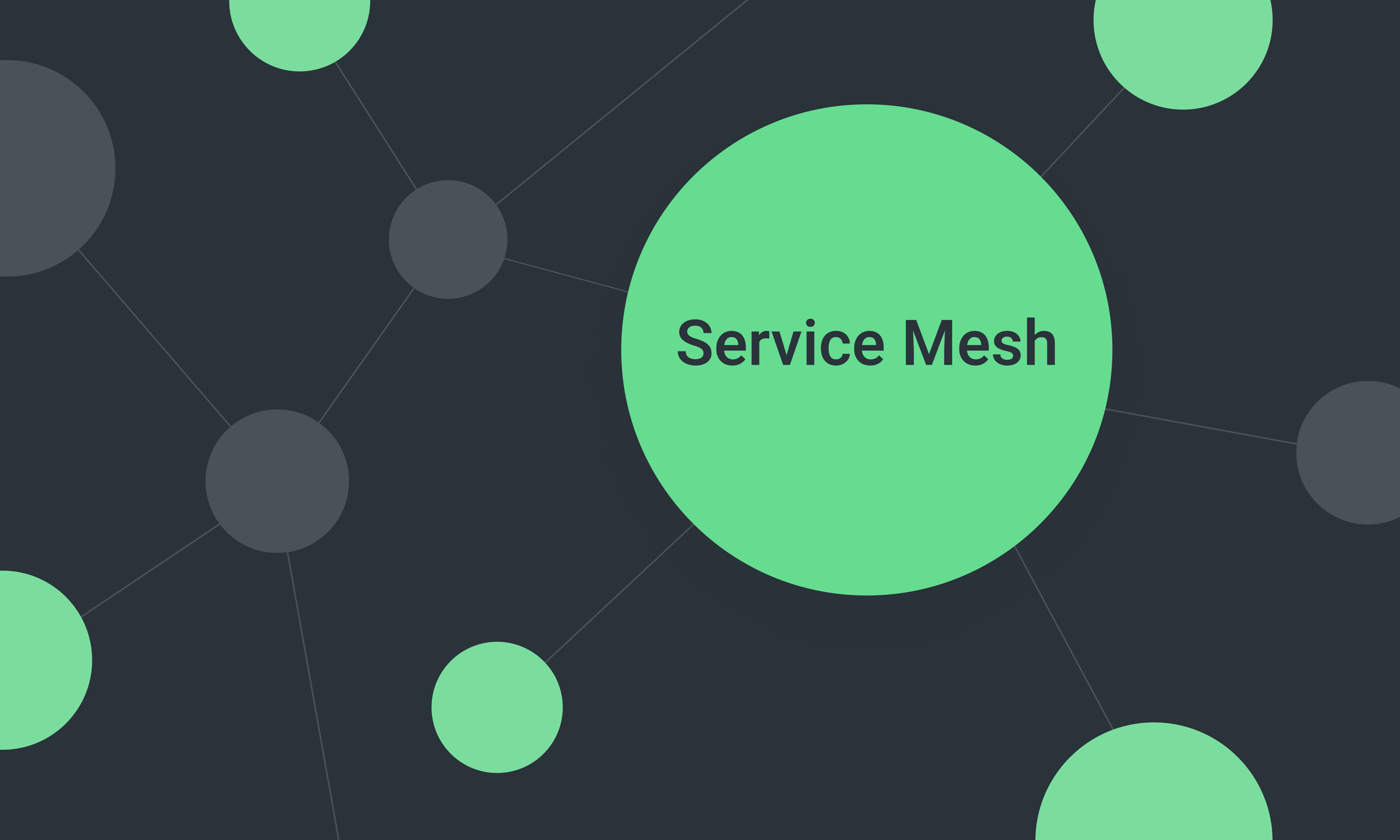Summary

A service mesh is a dedicated infrastructure layer that provides a way to control and manage communication between services in a distributed system. It is implemented as a set of network proxies (also known as sidecars) that are deployed alongside each service in the system. These proxies handle all the network traffic and provide features such as service discovery, load balancing, traffic routing, encryption, observability, and security.
The primary goal of a service mesh is to abstract away the complexities of service-to-service communication, making it easier to develop, deploy, and manage microservices-based applications. It provides a centralized control plane that allows operators to define and enforce policies and rules for communication between services, without modifying the application code.
Some of the key features and benefits of a service mesh are:
1. Service discovery and load balancing: The service mesh handles service discovery, ensuring that requests to a service are routed to the appropriate instances. It also provides load balancing capabilities to distribute traffic evenly across service instances for improved performance and scalability.
2. Traffic management and routing: A service mesh enables advanced traffic management capabilities, allowing operators to control the flow of traffic between services. It supports features like request routing based on rules, canary deployments, circuit breaking, and retries, ensuring efficient and resilient communication between services.
3. Observability: With a service mesh, operators get deep visibility into the communication between services. It provides metrics, tracing, and logging capabilities that help in monitoring and troubleshooting distributed systems. This visibility is crucial for understanding service performance, identifying bottlenecks, and detecting errors or anomalies.
4. Security and encryption: Service meshes offer built-in security features to ensure secure communication between services. It can handle encryption and authentication of traffic, enabling secure communication over untrusted networks. It also allows for enforcing access control policies and implementing mutual TLS (Transport Layer Security) authentication.
5. Policy enforcement and control: A service mesh provides a centralized control plane that allows operators to define and enforce policies for communication between services. This includes rate limiting, access control, and traffic shaping policies. These policies can be dynamically updated without requiring changes to the application code.
Popular service mesh implementations include Istio, Linkerd, and Consul Connect. These tools provide a platform-agnostic way to manage service-to-service communication in a distributed system, regardless of the underlying infrastructure or programming languages used.
In summary, a service mesh acts as a transparent layer that handles service communication and provides essential features for managing, securing, and observing microservices-based applications. It helps simplify the complexities of distributed systems and enables developers and operators to focus on building and maintaining resilient and scalable applications.
To learn more about how a service mesh could benefit your company, please contact us at info@cyberhillpartners.com.
—
About Cyberhill
Cyberhill is a professional services firm that engineers and manages enterprise software solutions for Fortune 500 companies. It supports the implementation of packaged software solutions within the three pillars of the Internet of Things (IoT): Cybersecurity, Cloud and Data Analytics. With over 600 complex PAM implementations completed, Cyberhill is an established and trusted partner in the cybersecurity space. For more information about Cyberhill, visit www.cyberhillpartners.com.

Forbes Feature: The Untapped Power Of Unstructured Data In Enterprise AI

The AI Readiness Gap: Why Most Organizations Aren’t Prepared to Scale AI
